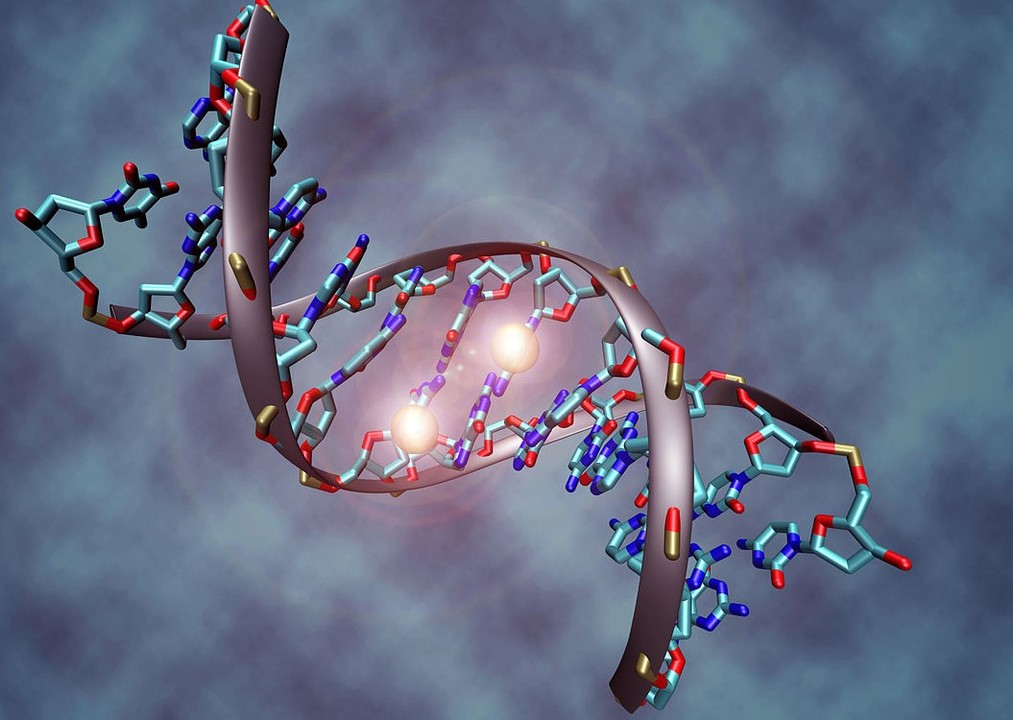Using cutting-edge machine learning algorithms to examine bacterial genomes and find deterministic gene-gene connections, a revolutionary study published in the Proceedings of the National Academy of Sciences (PNAS) shows that evolution is more predictable than previously believed. The University of Nottingham’s study has important ramifications for synthetic biology, environmental science, and medicine. It provides fresh perspectives on evolutionary paths and possible uses in the fight against antibiotic resistance and environmental microorganism engineering.
Methods Of Machine Learning
The Escherichia coli pangenome was analyzed by the researchers using a complex machine learning technique, which showed complex patterns of gene presence and absence. This approach used sophisticated algorithms to forecast gene occurrences based on the existence or lack of other genes in the genome. With a remarkable 95% success rate in predicting the presence or absence of genes, the study’s novel methodology showed exceptional accuracy in gene content forecasting.
The efficiency of the machine learning model emphasizes how predictable gene-gene interactions are in the development of bacteria. The study team has produced a formidable tool for comprehending and possibly influencing evolutionary processes by identifying these recurring patterns. In addition to challenging conventional wisdom regarding evolutionary randomness, this method creates new opportunities for investigating genetic linkages and how they affect an organism’s ability to adapt and survive.
Consistent Evolutionary Trends
The results of the study cast doubt on the idea of evolutionary randomness by showing that evolution follows more predictable patterns than previously thought. Researchers found that gene presence or absence is highly predictable based just on other genes by examining the bacterial pangenome. This predictability results from a “invisible ecosystem” of genes that affect evolutionary paths by cooperating or competing with one another. With gene-gene interactions preserved deterministically over the course of long-term bacterial evolution, the study shows that intragenomic gene fitness effects are important prokaryotic evolution drivers.
Environmental And Medical Consequences
This study’s discovery of evolution’s predictability has important ramifications for the domains of medicine and the environment. By enabling researchers to predict and possibly reverse bacterial adaptations, this new knowledge has the potential to completely transform medicine’s battle against antibiotic resistance. Researchers could create new medications that are less likely to lose their effectiveness over time and more successful treatment plans by forecasting how bacteria would change in response to antibiotics.
This discovery could improve our capacity to modify microbes for particular uses in environmental science. For example, researchers may be able to create microorganisms that can more effectively degrade contaminants or generate biofuels on a bigger scale. Researchers may be able to create microbes that are better at carbon sequestration or other environmental remediation activities if they are able to forecast gene interactions and evolutionary trajectories. This would open up new avenues for combating climate change. These developments may result in more focused and efficient responses to urgent environmental problems, ultimately fostering a more sustainable future.
Changing The Way We Understand Evolution
This ground-breaking study challenges the long-held belief that evolutionary processes are entirely random, marking a paradigm change in our understanding of evolution. The study reveals a previously unknown deterministic component of evolution by showing that the presence or absence of a gene is highly predictable based only on other genes. This discovery offers new methods for forecasting gene interactions and evolutionary paths, which has significant ramifications for many scientific domains.
The results of the study present fascinating opportunities in synthetic biology, which could enable researchers to create microbes with certain genetic characteristics for particular uses. This might result in developments in such like:
Improving the fight against antibiotic resistance.
Use synthetic genomic design to create novel medications and vaccinations.
Producing microorganisms to mitigate climate change and clean up the environment.

